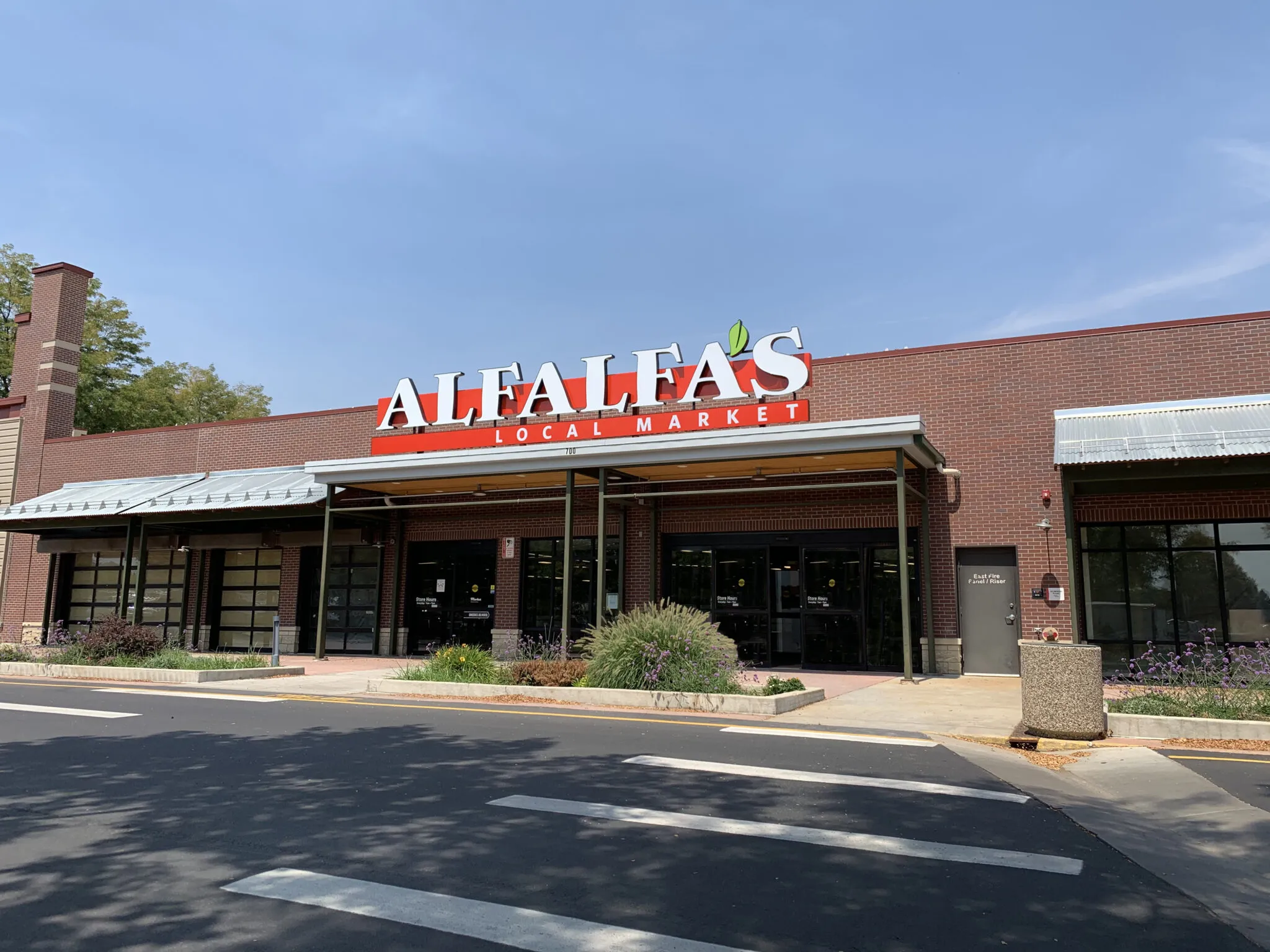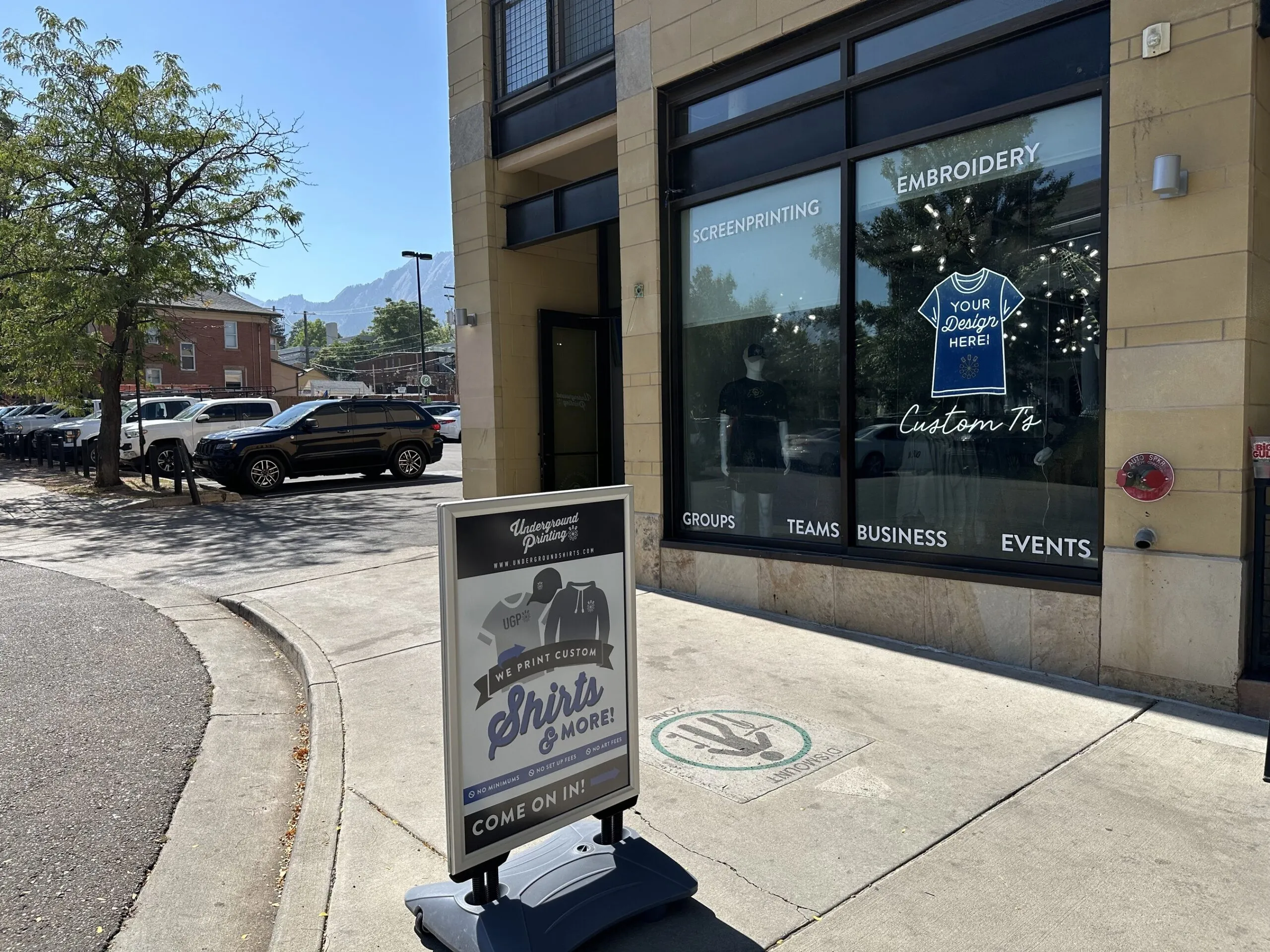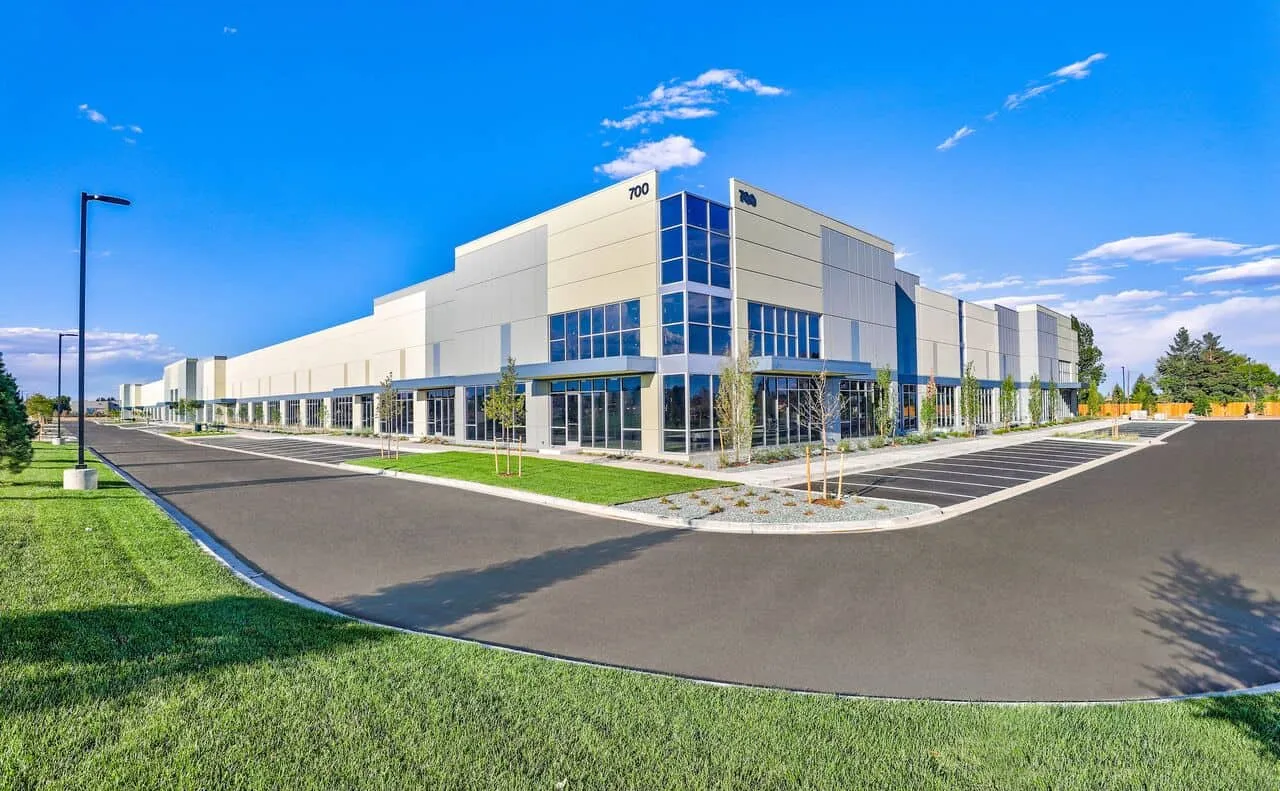Can local natural/organic grocers still compete?

BOULDER — Boulder County was eating natural and organic before it became cool.
The region has been a cradle for the industry for decades, first with long-time community chains like Alfalfa’s Market Inc. and later with home-grown national upstarts like Lucky’s Market.
But in early 2020, Lucky’s Market went from a rapidly-expanding name with 39 stores across the country to hurtling down to Earth after filing for bankruptcy and selling off locations back to original owners or to other chains.
Just more than a year later, Alfalfa’s shuttered its almost 40-year old store in Boulder and its Longmont location after that was…
THIS ARTICLE IS FOR SUBSCRIBERS ONLY
Continue reading for less than $3 per week!
Get a month of award-winning local business news, trends and insights
Access award-winning content today!




